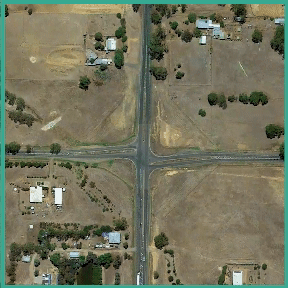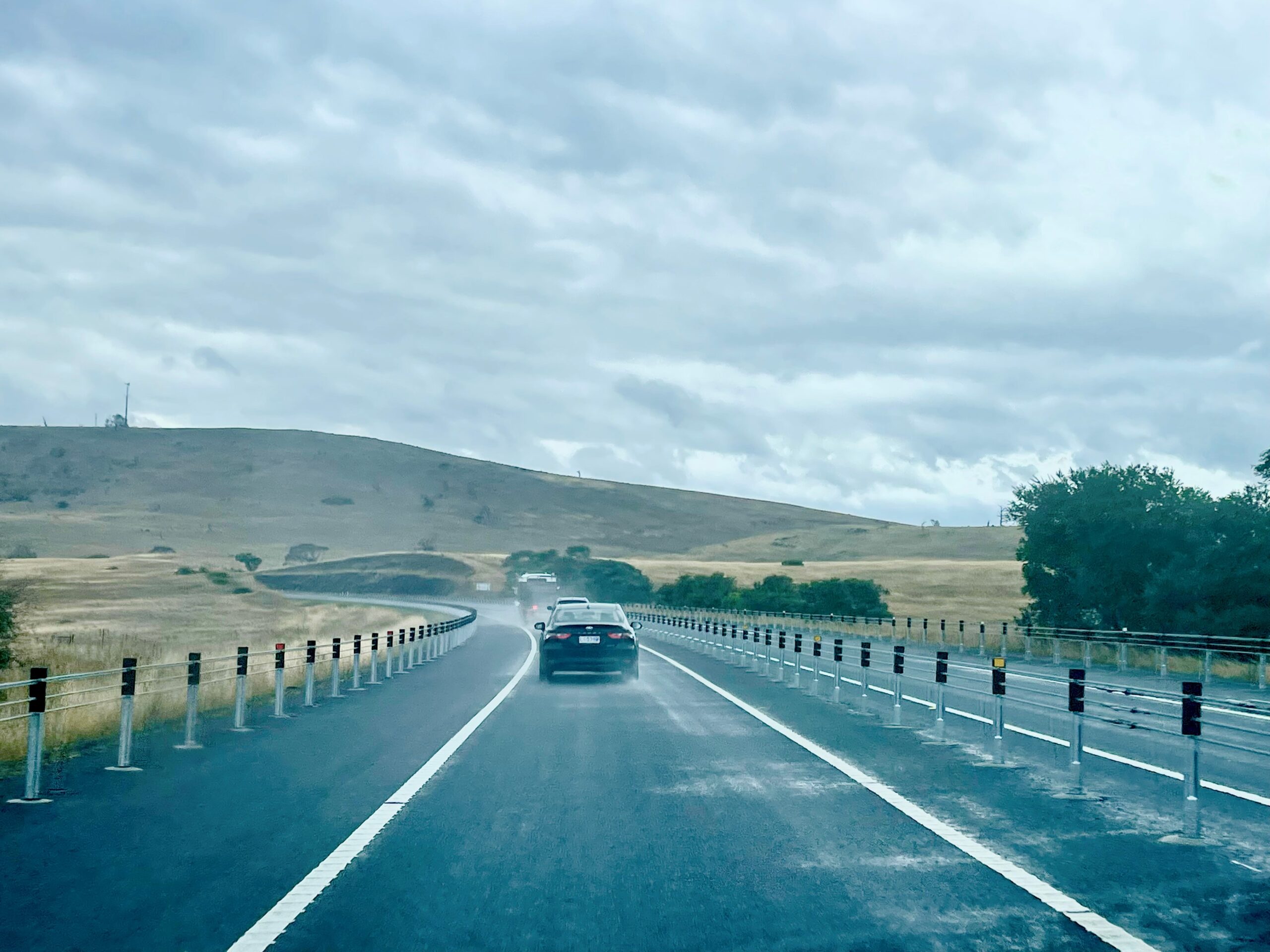News
The Road Safety Roundabout – Designing to Save Lives Part 2
As we’ve navigated the Road Safety Roundabout, we’ve looked at the overall context of Australia’s road fatalities, how technology is impacting figures, and how design has reduced risks and improved safety. Faced with the impossibility of fixing every existing asset, we must look at the practical areas for focus and what emerging trends or technologies can help support improved road safety through design. We believe that efforts should be centred on two key areas that can have immediate positive benefits:
Intersection Design
Intersection Design significantly impacts road safety, as poorly designed or overly complex intersections can increase the likelihood and severity of collisions. Well-designed intersections with clear signage, appropriate signal timing, and dedicated turning lanes help to facilitate smooth traffic flow and reduce the risk of crashes. Incorporating roundabouts and traffic islands can also enhance safety by reducing conflict points and minimising the potential for head-on or side-impact collisions. By prioritising effective intersection design, authorities can improve road safety and reduce the incidence of crashes at these critical points.

Separating Traffic
Pedestrian and Cyclist Infrastructure improvements are essential for protecting vulnerable road users’ safety. Insufficient pedestrian crossings, poorly marked bike lanes, and inadequate infrastructure for cyclists and pedestrians contribute to crashes and injuries. By investing in the construction of dedicated bike lanes, pedestrian-friendly crossings, and sidewalks separated from vehicular traffic, countries like Australia can create safer environments for pedestrians and cyclists. Enhancing infrastructure for these vulnerable road users reduces the risk of crashes and promotes active transportation and healthier lifestyles.
“Sometimes our sense of invulnerability makes us forget that we are essentially large balloons containing extremely flimsy inner components which can be severely damaged very easily. Therefore, we often mix humans and traffic where humans and traffic shouldn’t mix. This is particularly true when we force different types of transport users together, such as cyclists and cars. Separated lanes, purpose-built infrastructure, improved crossings, and more should all be on the agenda,” said Ryan.

However, there is one area that is often thought of as a significant contributor to Australia’s road fatalities, which may not be the case in reality: road maintenance.
Maintenance
Well-maintained roads provide smoother and safer driving conditions, reducing the risk of crashes caused by vehicle instability and unexpected hazards.
“Road maintenance is an interesting one,” says Kenn Beer, Principal Engineer of Safe System Solutions. “Don’t get me wrong; I, like anyone, don’t want to drive on pothole-riddled roads. However, the evidence doesn’t strongly support the belief that this is a major source of trauma for our community. There is no doubt the public believes this to be a major issue, and every effort should be made to ensure roads are maintained, but enhancing safety with more appropriate speed limits, road safety barrier systems, traffic calming measures and more readable roads will all have a greater impact.”
The Future
Focusing on intersections, traffic separation, and improving safety infrastructure, such as lighting, ahead of perceived issues should help reduce Australia’s road fatalities in the long term. But what future trends should we consider now for rollout in the future?
Here are five trends that we think will become the norm:
- Smart Intersection Management: Implementing intelligent intersection management systems that utilise sensors, cameras, and communication technologies to monitor traffic flow in real-time can optimise signal timing, detect potential conflicts, and prioritise vulnerable road users like pedestrians and cyclists, thus reducing the risk of collisions.
- Vehicle-to-Infrastructure (V2I) Communication: Integrating V2I communication technology allows vehicles to exchange data with roadside infrastructure such as traffic signals, signs, and road sensors. This enables proactive safety measures such as warning drivers of upcoming hazards, adjusting speed limits based on road conditions, and providing real-time information about potential dangers.
- Roadway Electrification for Active Safety: Incorporating electrified roadways with embedded sensors and induction coils can enable active safety features in vehicles, such as vehicle-to-infrastructure communication for collision avoidance, lane-keeping assistance, and adaptive cruise control, thereby reducing the likelihood of crashes caused by human error.
- Predictive Analytics for Road Maintenance: Leveraging predictive analytics and machine learning algorithms to assess road conditions, identify potential hazards, and prioritise maintenance activities can proactively address safety concerns such as potholes, pavement deterioration, and roadside obstacles before they contribute to crashes.
- Augmented Reality (AR) Guidance Systems: Integrating AR guidance systems into vehicle dashboards or heads-up displays can provide drivers with enhanced situational awareness, including real-time navigation cues, hazard alerts, and pedestrian or cyclist detection, helping to prevent collisions and improve road safety.

While each is valid, there will be a lag before their widespread introduction, with, in our opinion, Smart Intersection Management being the most likely to be rolled out on Australian roads the soonest. Indeed, with Smart Motorways becoming more common, using technology to govern intersections seems to be the next logical step.
What do you think can be done to improve road safety through design? We would love to know your thoughts and ideas.
